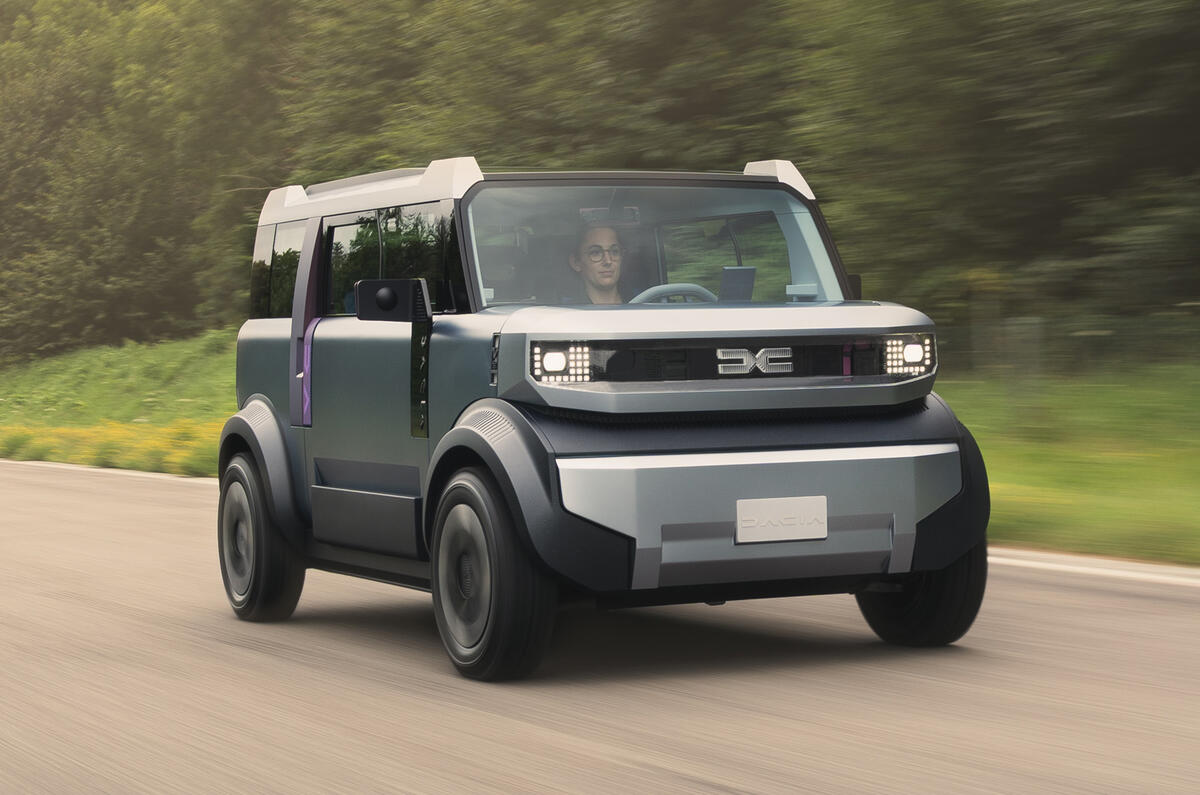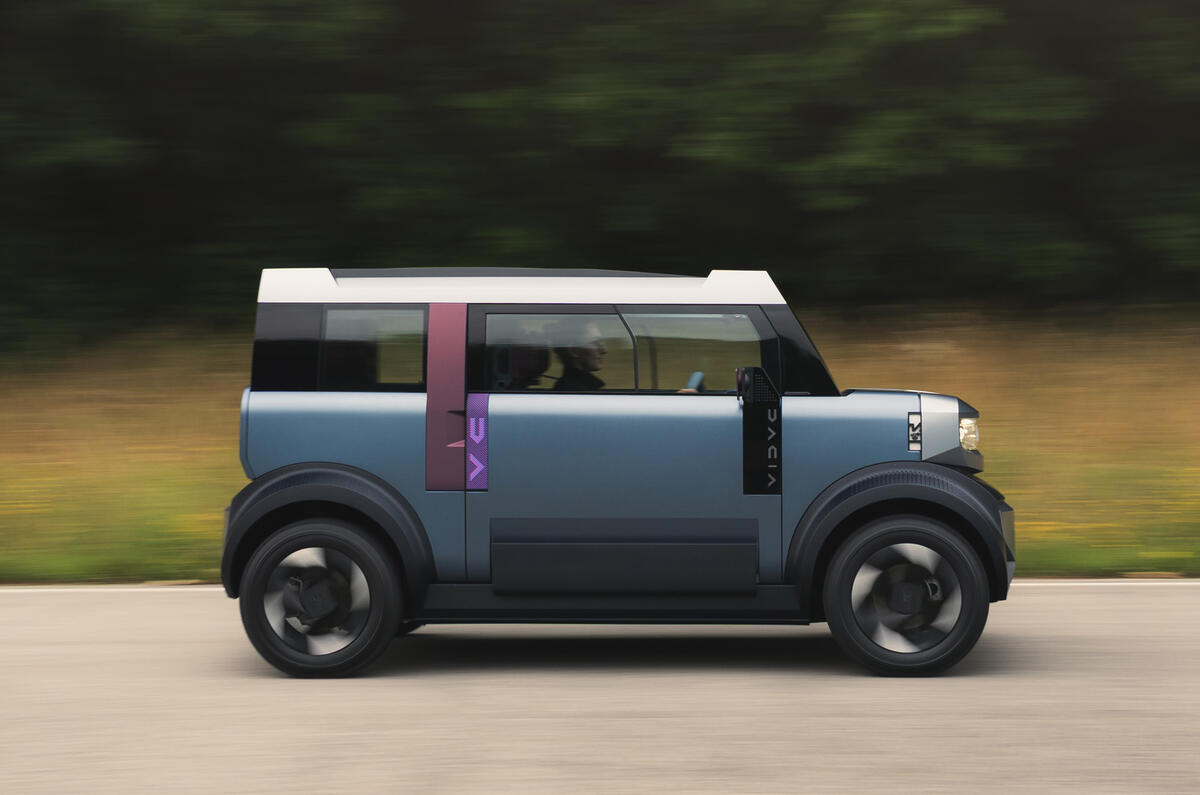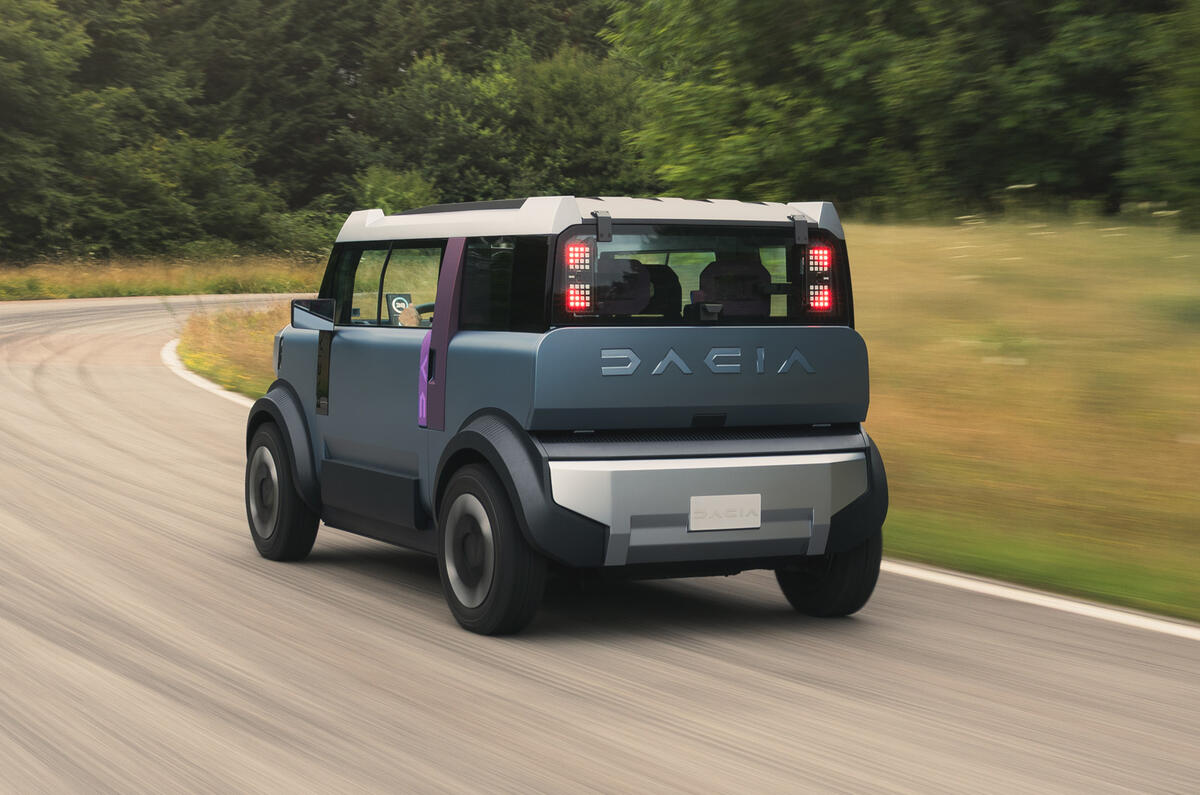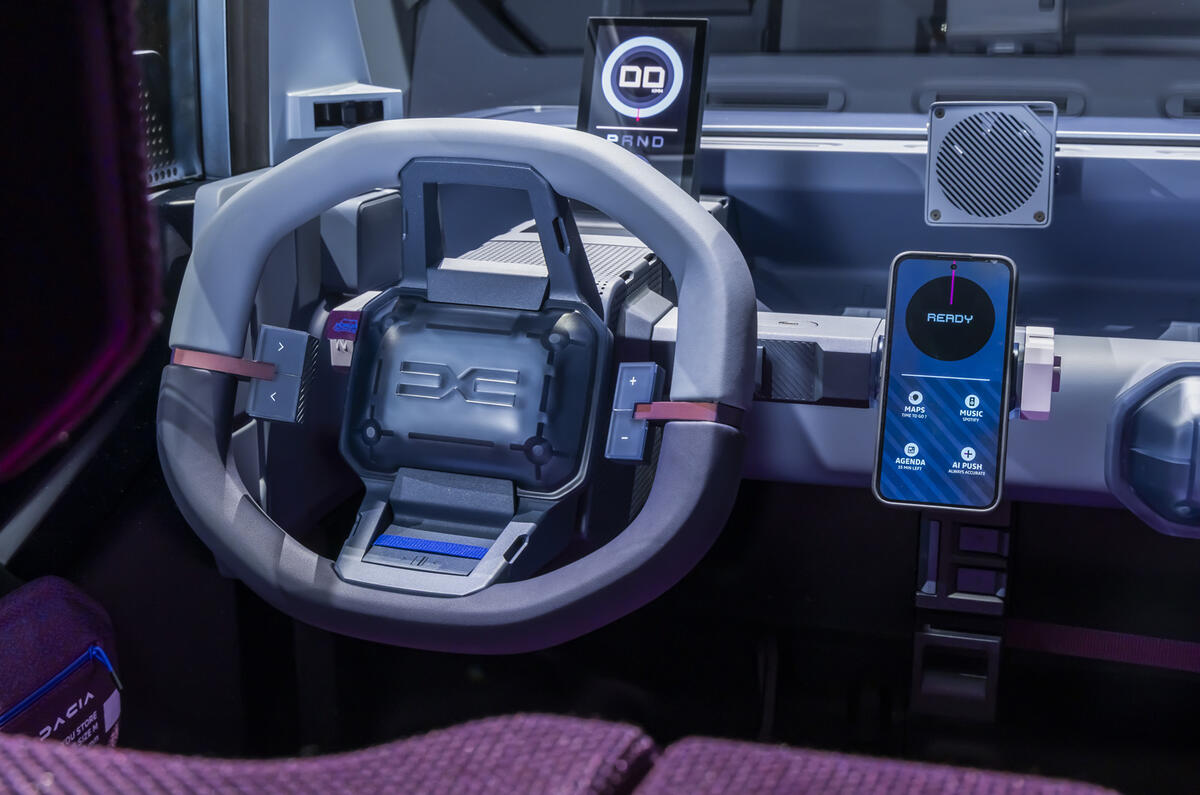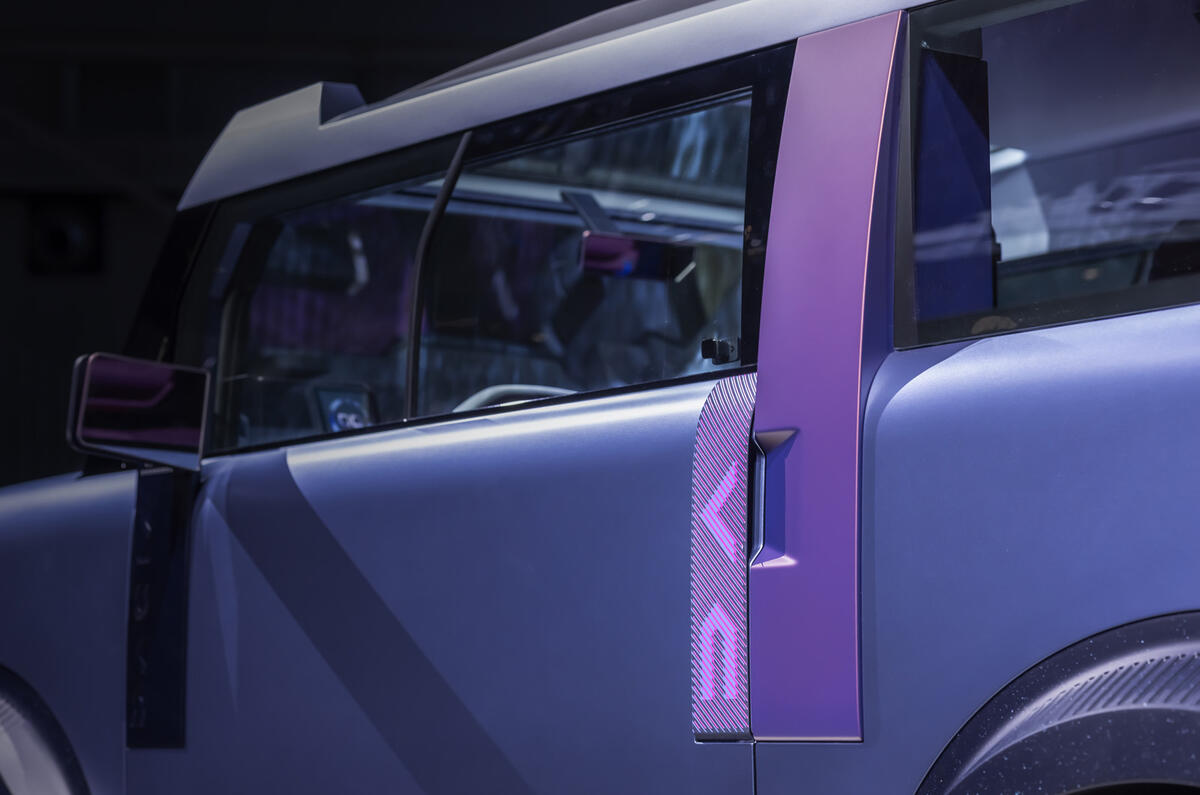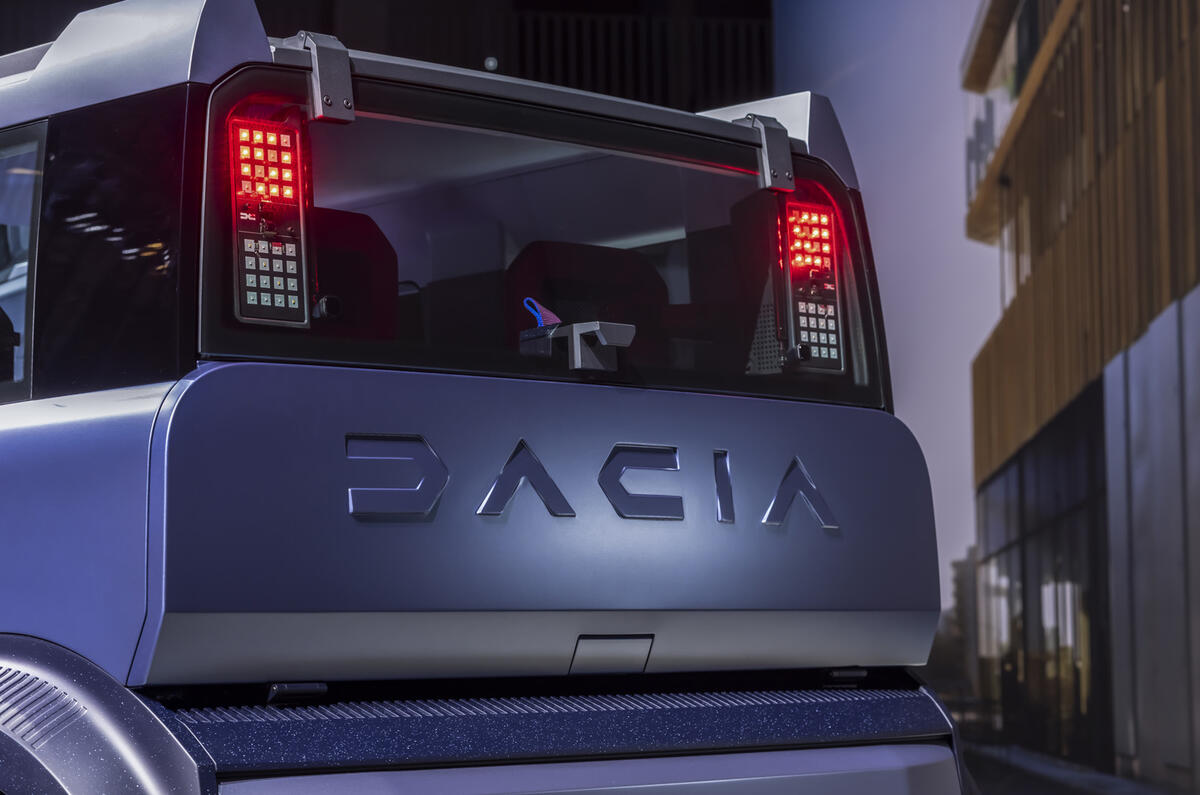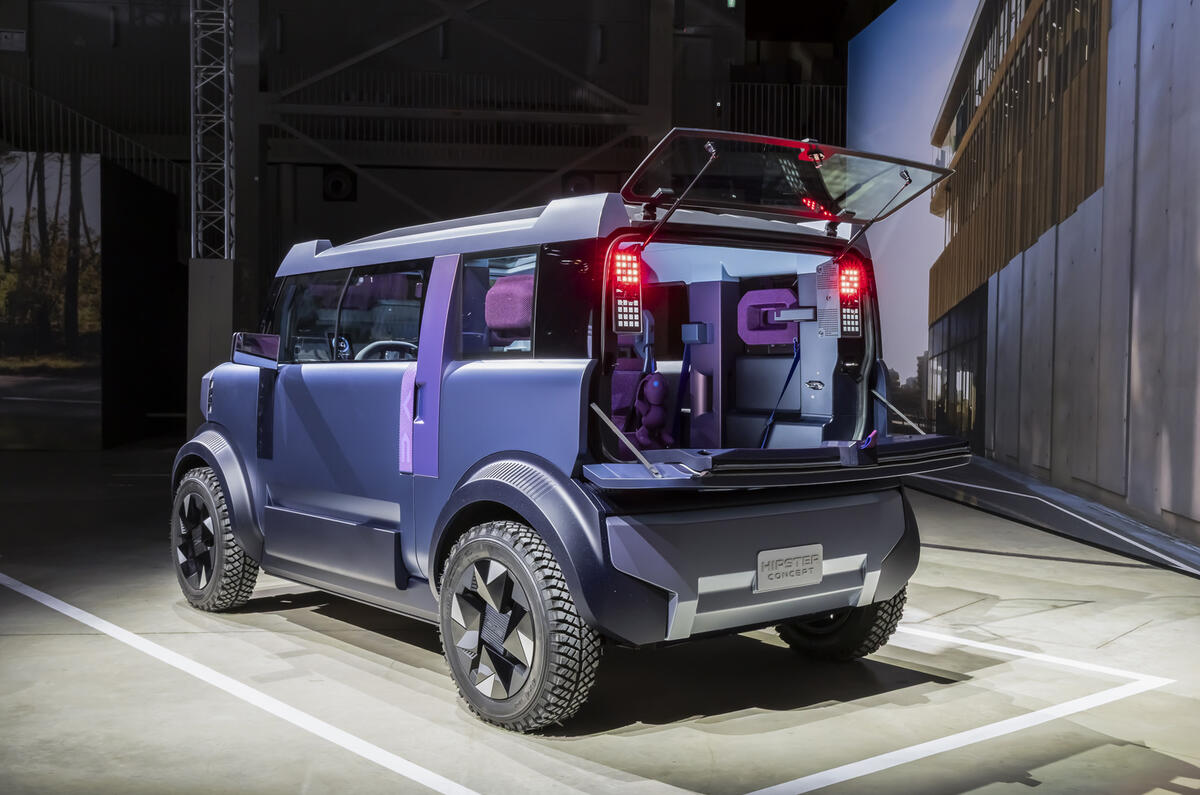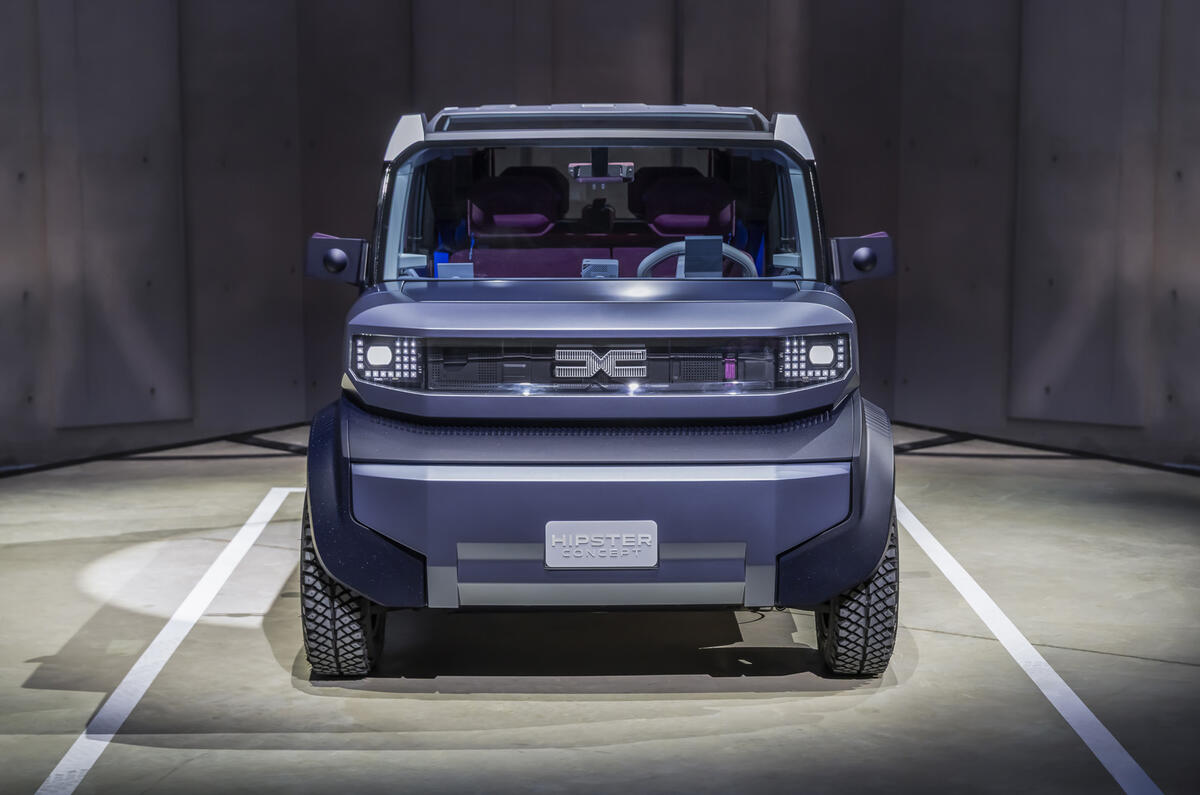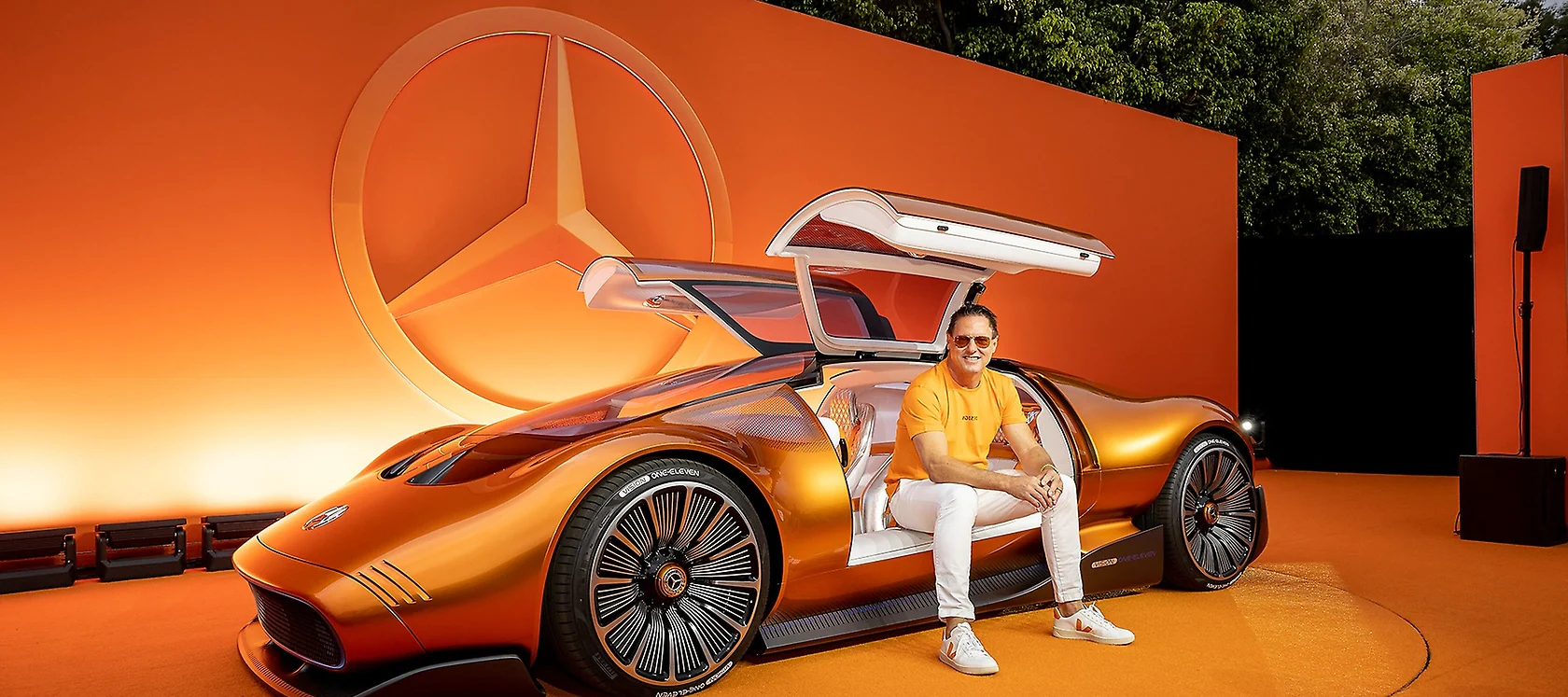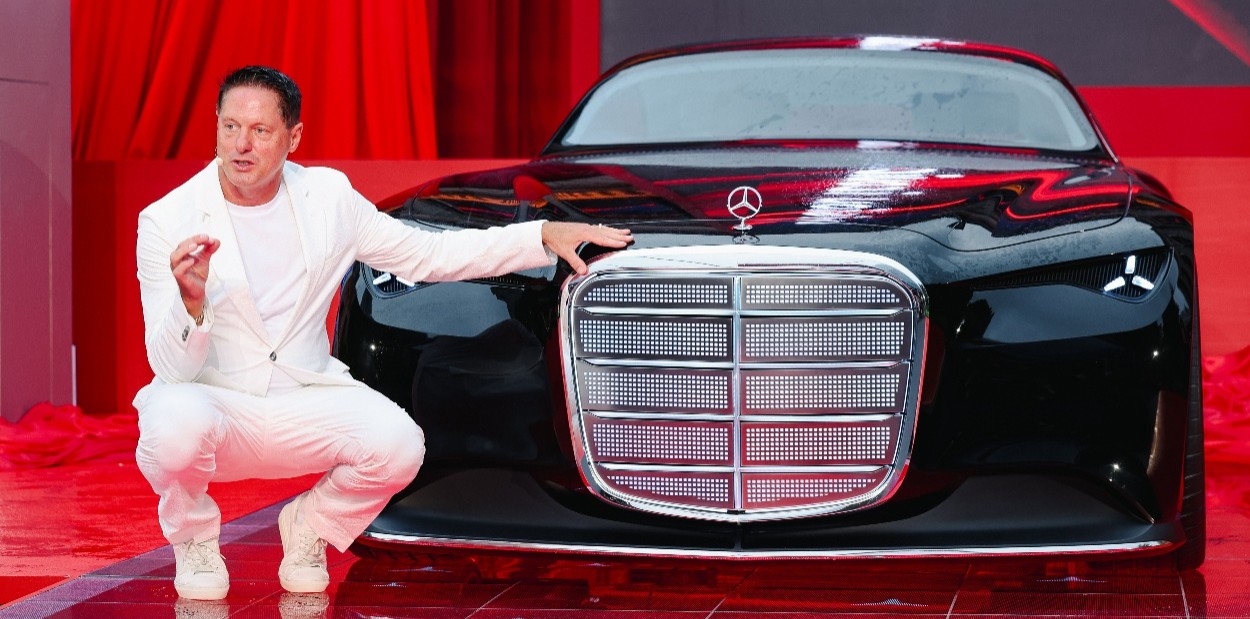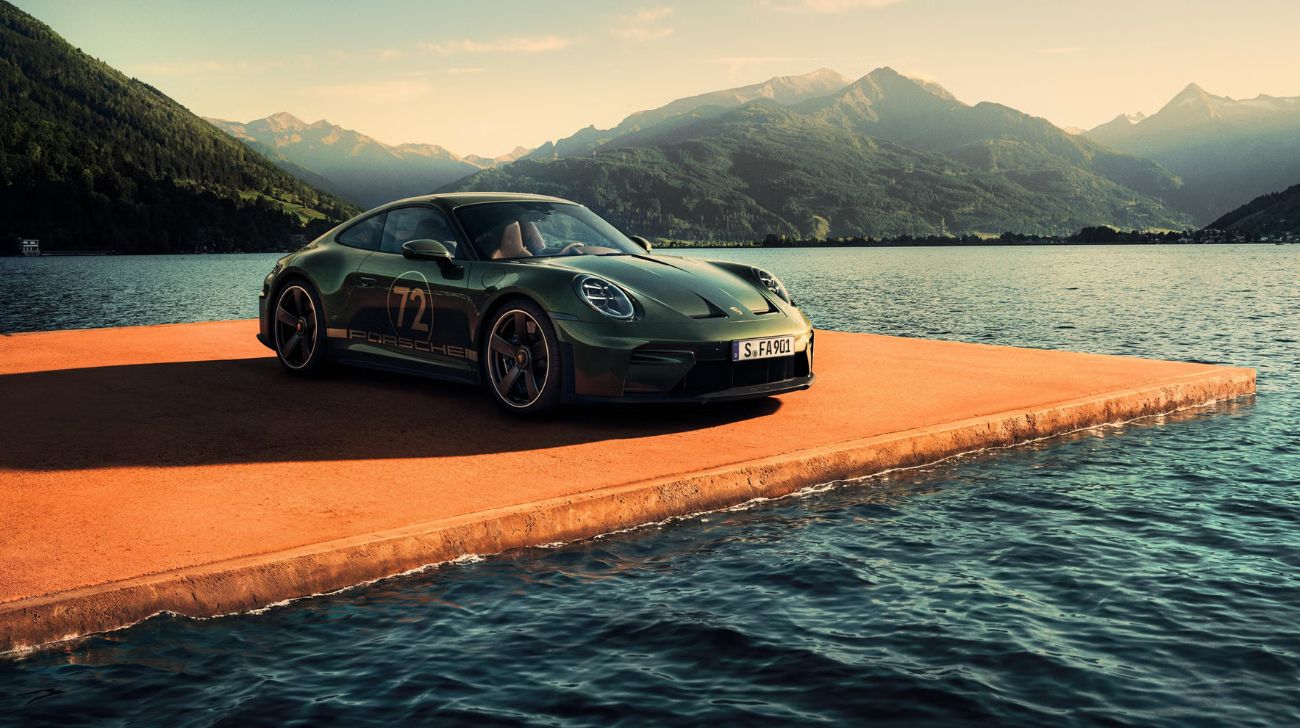Dacia has just pulled back the curtain on its bold new idea for affordable electric mobility: the Hipster Concept. It’s not about luxury. It’s about purpose. Designed from a blank sheet, this compact EV is aimed squarely at real‐world daily driving, stripped back to essentials but engineered to deliver what matters.
At only 3 metres long, the Hipster packs in four full seats plus a flexible boot space. With the rear seats up, there’s about 70 litres of luggage room; fold them down, and trunk capacity swells to 500 litres. Despite its ultra‑compact footprint, the cabin layout makes smart use of space: vertical glass, sliding side windows, and a panoramic roof section for added daylight.
One of the standout goals behind the Hipster is weight reduction. The concept is 20 per cent lighter than Dacia’s existing Spring EV. That lightness isn’t just for performance — it’s about cutting resource use, energy in manufacturing, and overall environmental footprint. Dacia estimates that its full lifecycle carbon emissions could be reduced by about half compared to current electric vehicles.
Dacia’s approach here is “less is more.” The exterior has a rugged simplicity: minimal overhangs, a chunky block‑on‑wheels stance, and protective side cladding. Most panels are unpainted or mass‑dyed; only a few parts get special paint. Door handles? Replaced by lightweight straps. Rear lights sit behind the tailgate glass to avoid extra parts.
Inside, the Hipster carries forward the pared‑down philosophy. The front seats form a bench, rear seats fold flat, fabrics are simple yet functional mesh, and the structural frame is partly exposed — all to reduce weight and cost. The dashboard keeps electronics to a minimum. Instead of a built‑in infotainment screen, the car includes a smartphone docking station; your phone becomes your music, navigation, even your key. The cabin offers “YouClip” accessory anchors — modular hooks you can attach things like lights, cup holders, etc., wherever you need.
This car is not about breaking speed records, but about serving real day‑to‑day driving. It targets the needs of drivers who regularly cover modest distances (for example, data from France shows 94 per cent of motorists drive under 40 km/day). Dacia claims the Hipster will need perhaps two charges per week for typical usage in its markets.
With the Hipster, Dacia is pushing the envelope on affordability. Their aim is to reach buyers who find even current entry‑level EVs outside their budget. With average car prices in Europe having risen steeply over the past decade, this concept is positioned to counter that trend. It’s not yet confirmed for production, but Dacia says the engineering, design and philosophy are ready — should the regulatory environment permit it.

